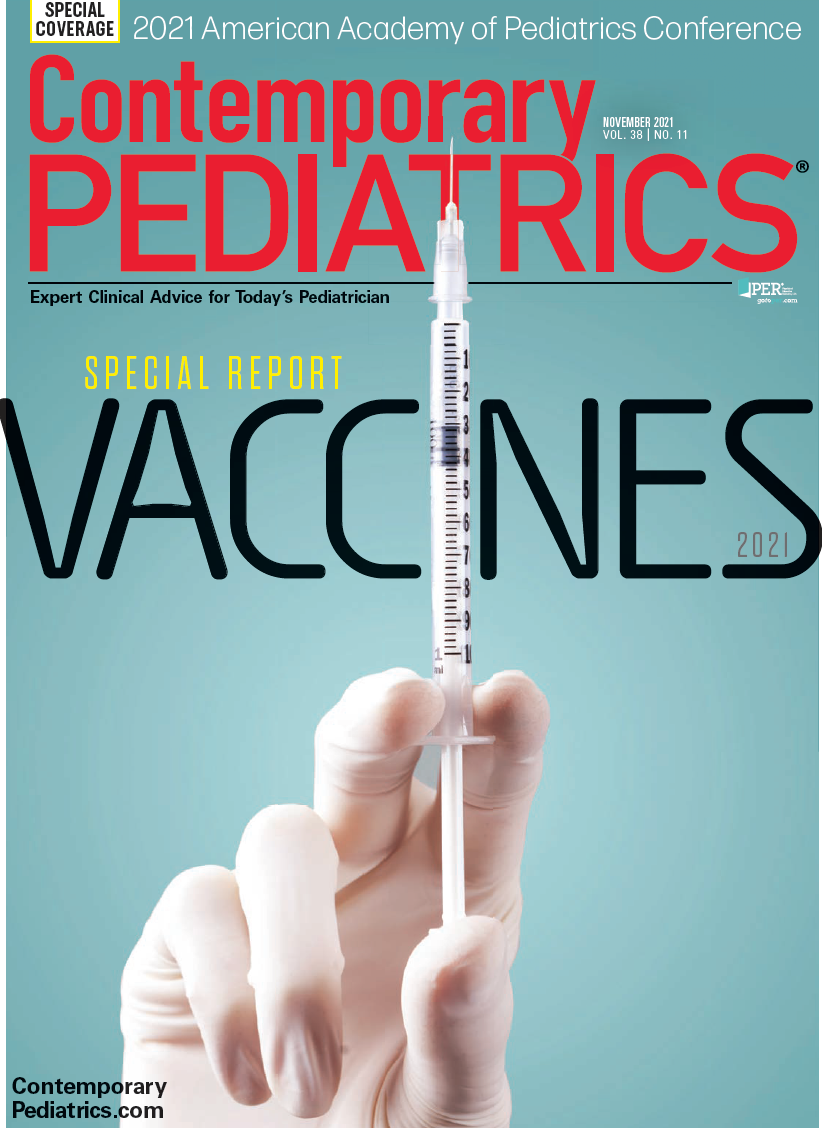How successful is peanut immunotherapy?
Peanut oral immunotherapy has been beneficial to children with peanut allergies. A new study looks at just how effective it is.
Peanut oral immunotherapy (OIT) can benefit children of all ages, even adolescents and those with markedly elevated baseline peanut-specific immunoglobulin E (sIgE), according to new study findings. Investigators reviewed the records of children undergoing peanut OIT at a pediatric allergy clinic, then analyzed how patient age, peanut skin prick test results, and peanut sIgE results correlated with outcomes.
Patients took small peanut doses daily with other food. If they tolerated the initial dose well, the dose was double after 2 weeks. Long-term maintenance dosing was 2 teaspoons of peanut butter or 10 whole peanuts or 1 teaspoon of peanut butter or 5 peanuts for toddlers. Patients on daily maintenance dosing returned to the clinic every 6 months and were permitted unrestricted peanut intake if they tolerated at least 7000 mg of peanut protein.
Of 174 children receiving OIT, 144 achieved maintenance dosing, and 50 of those children transitioned to twice-weekly ad lib peanut ingestion. Thirty children discontinued OIT, most often during updosing and generally because of aversion to peanut or gastrointestinal symptoms. Of 47 patients who underwent multifood OIT with additional foods, 40 were updosed for these extra foods simultaneously with peanut and the other 7 after reaching their peanut maintenance dose. These patients did not differ from those on peanut OIT alone in reactions or time to reach maintenance. Although about two-thirds of patients experienced at least 1 adverse reaction during OIT, most of them—generally abdominal pain or nausea—were mild and responded to treatment with H2 antagonists.
Out was most likely to be successful in children in whom it was started at a young age, with 92% of patients up to 5 achieving maintenance. This compares with 51% of those who were aged 5 to 11 years when they started OIT and 70% of those aged 1 to 18 years. In addition, baseline peanut sIgE level positively correlated with the number of reactions patients experienced.
Thoughts from Dr. Farber
This was a real-life study not done as part of a formal research protocol. As with preventing allergies by introducing peanuts at an early age, starting therapy early is better and, of course, with sublingual treatment, much easier on the child. Let’s hope your local allergists (or you yourself, if so inclined) get on board with this soon.
Reference
1. Guarnieri KM, Slack IF, Gadoury-Levesque V, Eapen AA, Andorf S, Lierl MB. Peanut oral immunotherapy in pediatric allergy clinic: patient factors associated with clinical outcomes. Ann Allergy Asthma Immunol. 2021;127(2):214-222. doi:10.1016/j.anai.2021.04.003

Neffy pharmacokinetic profiles compared to epinephrine injections
February 23rd 2024Sarina Tanimoto, MD, MBA, breaks down a poster session regarding the pharmacokinetic profile of neffy, presented at the 2024 American Academy of Allergy, Asthma, & Immunology Annual Meeting in Washington DC from February 23 to February 26, 2024.